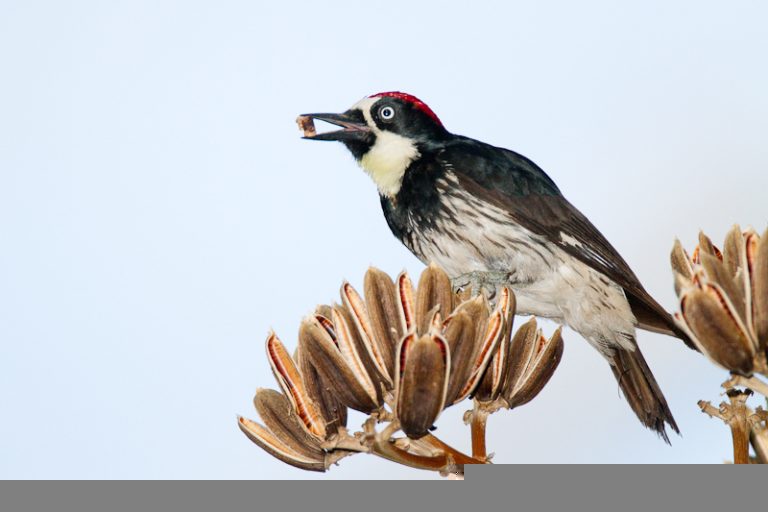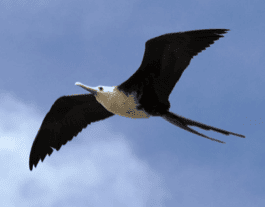Bay Area birds and climate change
Chickadees. Juncos. Woodpeckers….These familiar backyard Bay Area birds are all at risk from climate change, according to a new report by National Audubon.





Our Mission
To inspire people to protect Bay Area birds and our shared natural environment.
Our Vision
A world where birds, wildlife, and all people flourish together.
The Golden Gate Bird Alliance is a not-for-profit 501(c)(3) organization. Our federal tax ID number is 94-6086896
Contact Us
Golden Gate Bird Alliance
2150 Allston Way Suite 210
Berkeley, California 94704